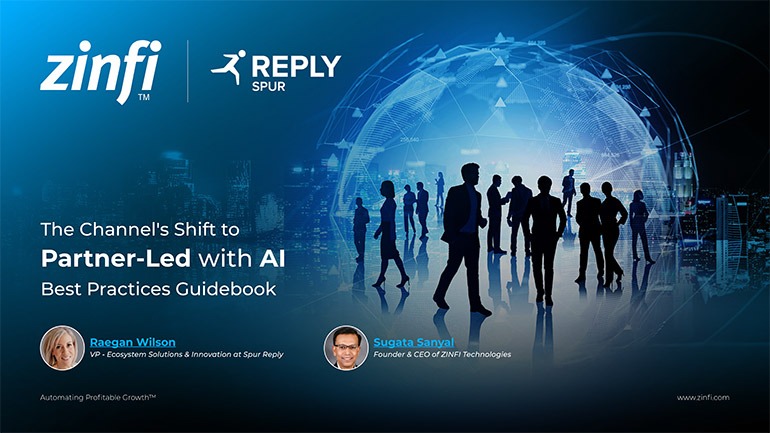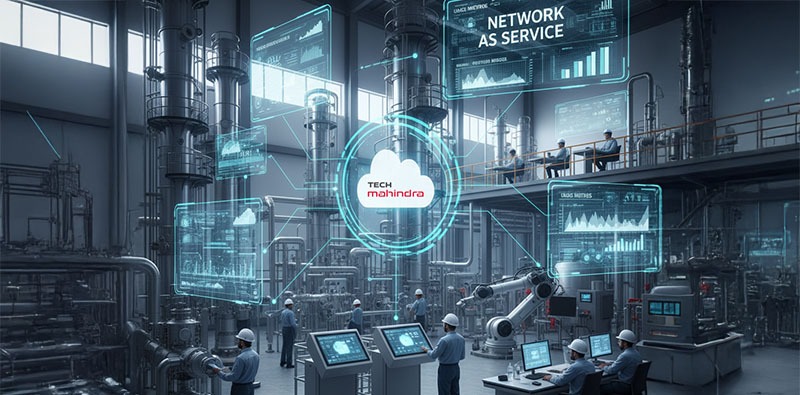Best Practices Articles
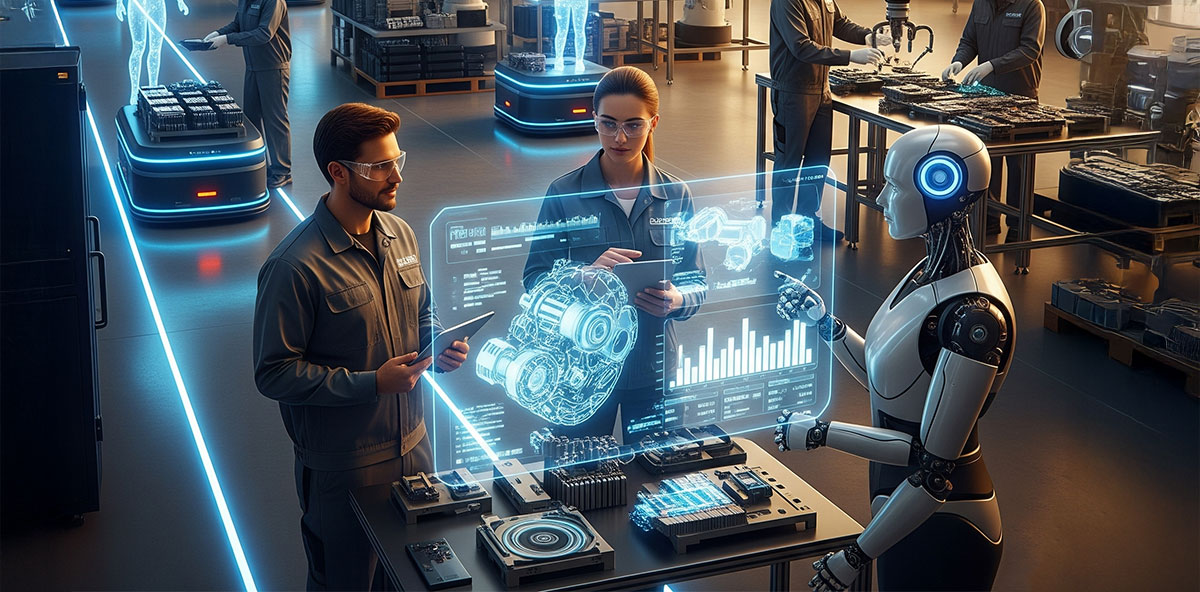
Human-Centric Approach: The Key to a Successful Industry 4.0 Transformation
The narrative surrounding Industry 4.0 is saturated with visions of hyper-connected factories, autonomous robotics, and pervasive artificial intelligence. While these technological marvels are undeniably the catalysts of the fourth industrial revolution, an overemphasis on them obscures a more fundamental truth: the success or failure of any digital transformation is ultimately determined by people. Organizations can invest millions in state-of-the-art software and build sophisticated data architectures, but these investments will yield disappointing returns without a concurrent investment in their human capital. The most significant hurdles to Industry 4.0 are not technological but cultural. You can purchase a new manufacturing execution system, but you cannot buy a new organizational mindset. This is where transformation's honest, challenging, and essential work lies. A people-first strategy is not a secondary, "soft" consideration; it is the central pillar upon which all other aspects of the transformation must be built. Without a prepared, engaged, and empowered workforce, even the most brilliant technology strategy will fall short. The journey toward a brilliant manufacturing environment begins not with a technological roadmap, but with a deep and unwavering commitment to fostering a culture of innovation, continuous learning, and human-centric change. This Industry 4.0 transformation is, at its core, a human transformation.
This profound cultural shift must be initiated and relentlessly championed from the highest levels of leadership. It cannot be delegated to the IT department or treated as another project on a long list of corporate initiatives. Executives must embrace and articulate a vision of Industry 4.0 not as a series of disjointed technology upgrades, but as a complete business evolution that will redefine how the company creates, delivers, and measures value. The conversation must move beyond proving that a new technology works in a pilot and demonstrating how it propels the business forward. This means connecting every digital initiative to a clear and compelling business outcome, whether penetrating new markets, enhancing customer experiences, or creating more resilient supply chains. When the leadership team consistently communicates this strategic vision, it permeates the entire organization, breaking down resistance and building the momentum needed to overcome the inevitable obstacles of a significant change program. This top-down commitment provides the air cover and resources necessary for teams to experiment, learn, and adapt, creating an environment where innovation can flourish rather than being stifled by bureaucracy or a fear of failure.
🎥 Watch the Full Video Podcast
The New Role of the Manufacturing Workforce
The advent of the smart factory is fundamentally reshaping the role of the frontline worker. The traditional image of a manufacturing employee performing repetitive, manual tasks rapidly becomes a relic of a bygone era. In the connected environment of Industry 4.0, the employee's role is elevated from that of a simple machine operator to a sophisticated process manager or technician. Their primary function is no longer to execute a task manually, but to oversee and optimize a complex, data-driven system that is constantly improving. This is a monumental shift that requires a new and expanded skill set. Workers must become adept at interpreting data from dashboards, collaborating with engineers and data scientists to troubleshoot issues, and proactively identifying opportunities for process enhancement. They are no longer just hands-on laborers but are now knowledge workers on the plant floor, whose value lies in their ability to think critically and solve problems in a dynamic, technology-rich environment.
This new reality makes continuous learning and upskilling a non-negotiable requirement for the workforce and the employer. The idea of mastering a single skill that will last a lifetime is obsolete. The pace of technological change means that employees must constantly be learning to remain effective. Organizations are responsible for facilitating this by providing accessible and relevant training in data literacy, digital tools, and human-machine collaboration. This is not just about formal training programs; it's about fostering an organizational culture where curiosity is encouraged, and learning is an integrated part of the daily work routine. Companies that invest strategically in developing their people will create a significant competitive advantage. They will have a more agile, engaged, and capable workforce that can adapt to new challenges and drive innovation from the ground up. This investment in human capital is as critical as any investment in machinery or software, as the skilled and empowered workforce will ultimately unlock the true potential of the Industry 4.0 transformation.
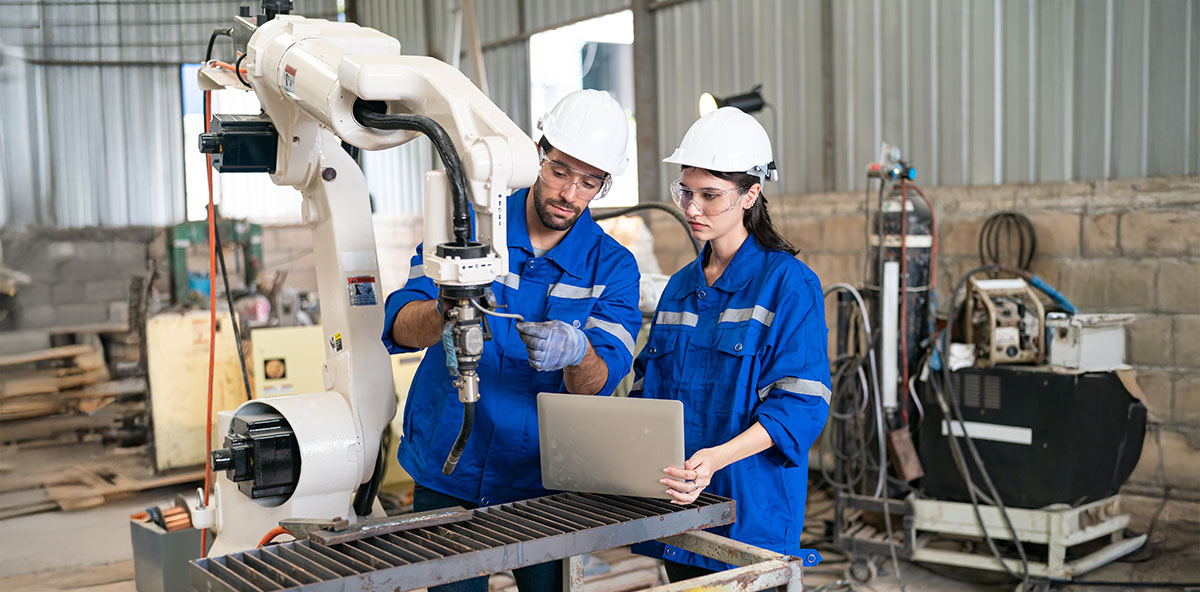
Leadership's Mandate in Driving Cultural Change
As stated, the impetus for this profound cultural shift must originate from the very top of the organization. A thriving Industry 4.0 transformation is impossible without the executive leadership team's visible, vocal, and unwavering support. This goes far beyond simply approving a budget for new technology. It requires leaders to become the chief evangelists for the transformation, consistently communicating the "why" behind the changes and articulating a clear and inspiring vision for the company's future. They must frame the transformation not as a threat to job security, but as an opportunity for growth for the business and its employees. This requires a level of transparency and empathy that builds trust and helps to allay the natural fears that accompany any significant organizational change. When employees see their leaders actively engaged in the process, championing successes, and learning from failures, it sends a powerful message that this is a collective journey, not just a top-down mandate.
Furthermore, leaders must be willing to challenge long-standing orthodoxies and break down the organizational silos that stifle collaboration and innovation. In many traditional manufacturing companies, departments operate as independent fiefdoms, each with goals, metrics, and budgets. This structure is anathema to the integrated, cross-functional nature of Industry 4.0. Leaders must actively work to dismantle these barriers, fostering a more collaborative environment where engineering, operations, IT, and supply chain teams work together toward shared business objectives. This may require redesigning incentive structures, creating cross-functional project teams, and promoting individuals with a collaborative, enterprise-wide mindset. It also means creating a culture of psychological safety, where employees feel empowered to experiment, take calculated risks, and even fail without fear of punishment. Innovation does not thrive in an environment of fear. The leadership is responsible for cultivating a culture where new ideas are welcomed, and learning from failure is seen as a vital part of the growth process.
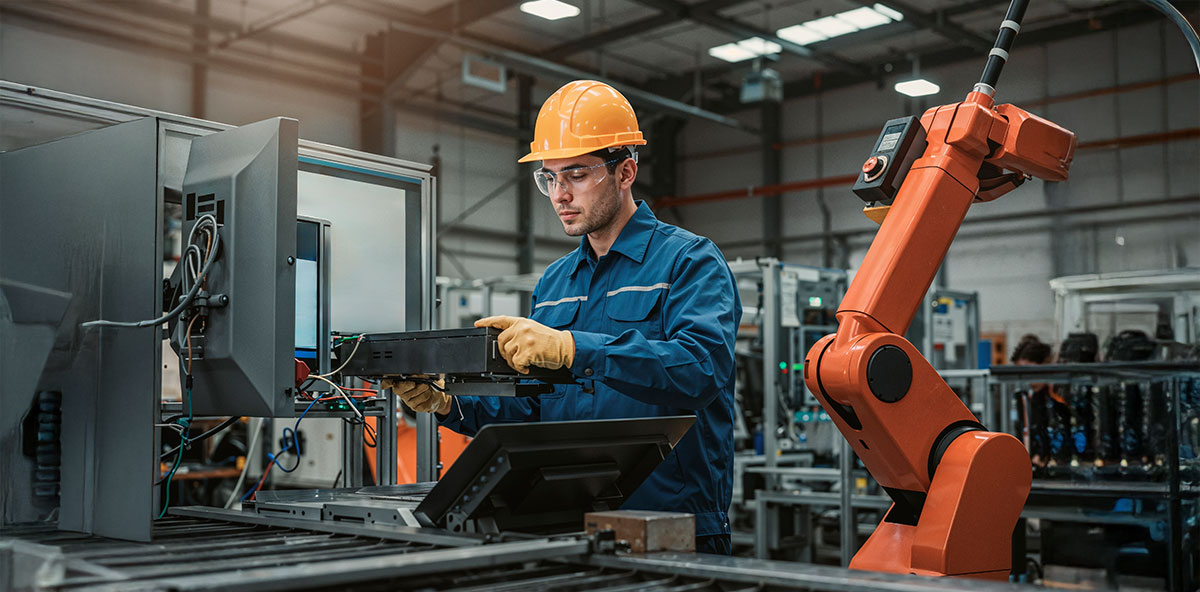
Conclusion
In the final analysis, the journey to Industry 4.0 is fundamentally human. While technology provides the tools, the people within the organization will ultimately determine the success of the transformation. An organization's ability to adapt, learn, and collaborate will be a far greater determinant of its future success than its ability to deploy the latest technology. Therefore, a people-first strategy is not merely a "nice to have" but a strategic imperative. This begins with a committed leadership team that can articulate a compelling vision and drive the necessary cultural changes from the top down. It extends to the entire workforce; they must be given the skills, tools, and empowerment to transition from manual operators to knowledge workers in a data-rich environment.
Companies focusing solely on the technological aspects of the Industry 4.0 transformation are taking a short-sighted and perilous approach. They may see some incremental efficiency improvements, but fail to achieve the step-change in performance and competitiveness that this new industrial revolution promises. The true winners in the era of Industry 4.0 will be those who recognize that their greatest asset is not their machines or algorithms but their people's collective intelligence, creativity, and adaptability. By placing the human element at the center of their transformation strategy, they will build more intelligent factories and more resilient, innovative, and enduring organizations that are prepared to thrive in the complex and dynamic landscape of the 21st century. The future of manufacturing is human-centric.
Best Practices Guidebook
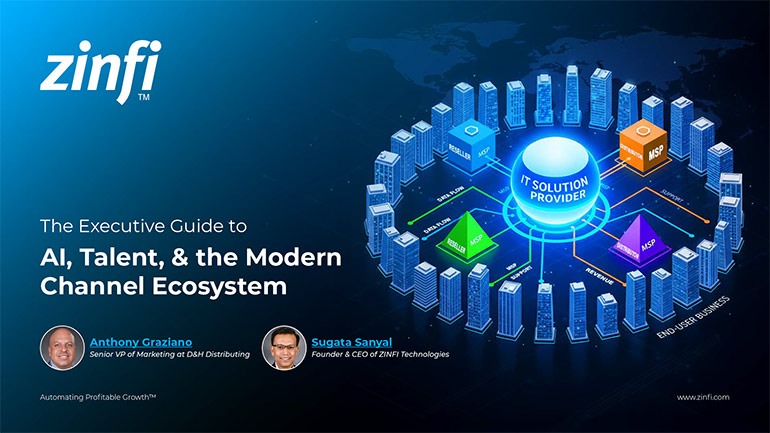 Modernizing Channel Marketing: AI and Ecosystem Enablement Best Practices
Modernizing Channel Marketing: AI and Ecosystem Enablement Best PracticesDownload for FREE
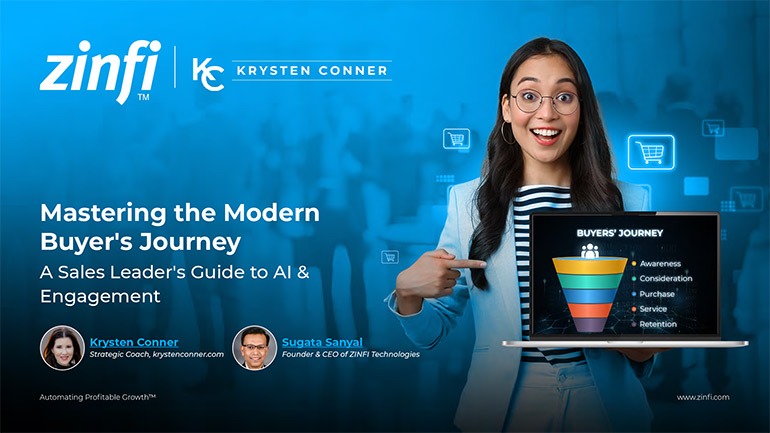 The Channel’s Shift to Partner-Led With AI Best Practices
The Channel’s Shift to Partner-Led With AI Best PracticesDownload for FREE
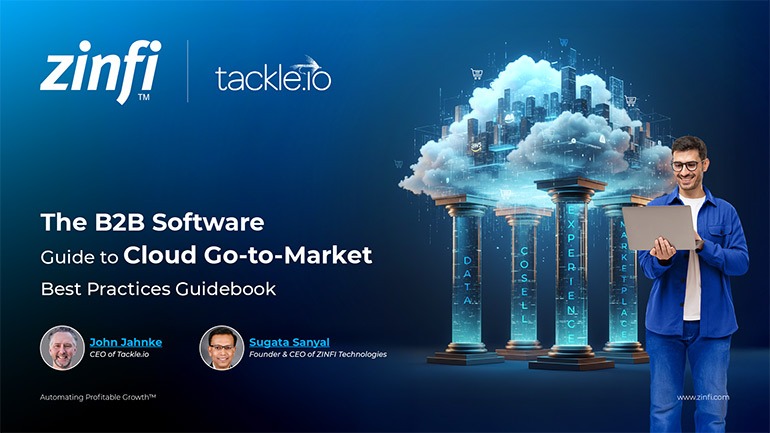 Hyperscalers, ISVs, and AI: Shaping the Future of B2B Software Distribution
Hyperscalers, ISVs, and AI: Shaping the Future of B2B Software DistributionDownload for FREE
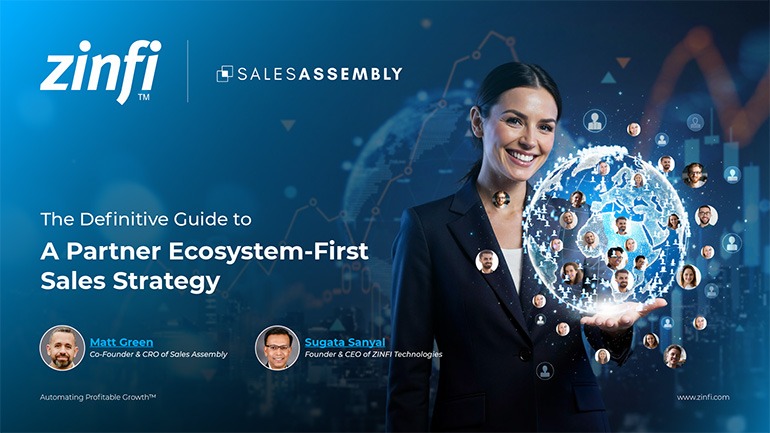 Definitive Guide to a Partner Ecosystem-First Sales Strategy
Definitive Guide to a Partner Ecosystem-First Sales StrategyDownload for FREE
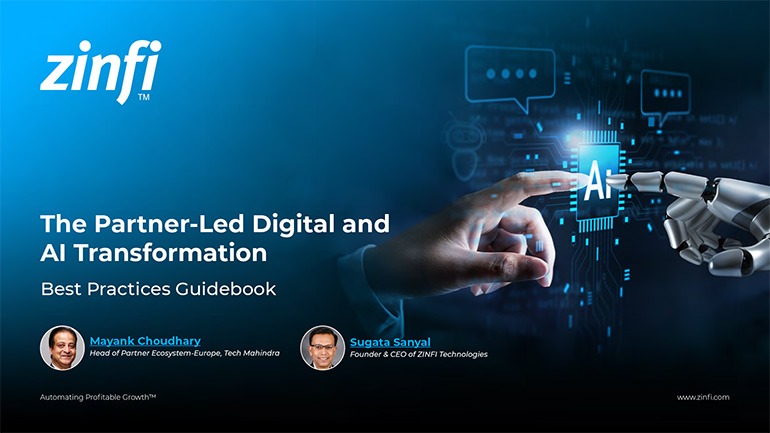 The Partner-Led Digital and AI Transformation Best Practices
The Partner-Led Digital and AI Transformation Best PracticesDownload for FREE
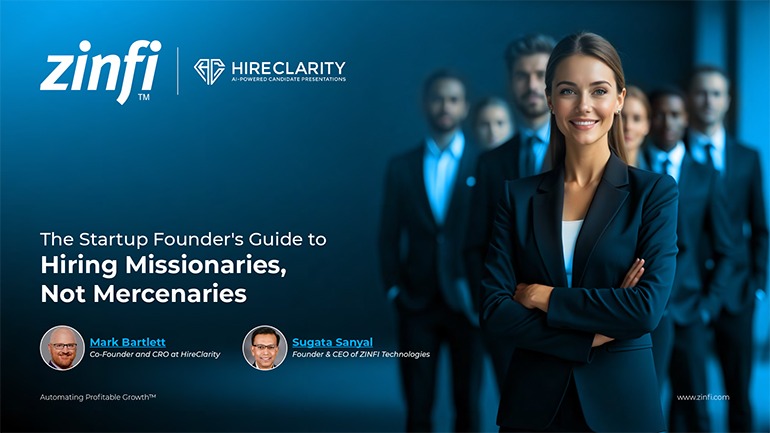 Startup Talent Recruitment: Hiring Missionaries, Not Mercenaries
Startup Talent Recruitment: Hiring Missionaries, Not MercenariesDownload for FREE
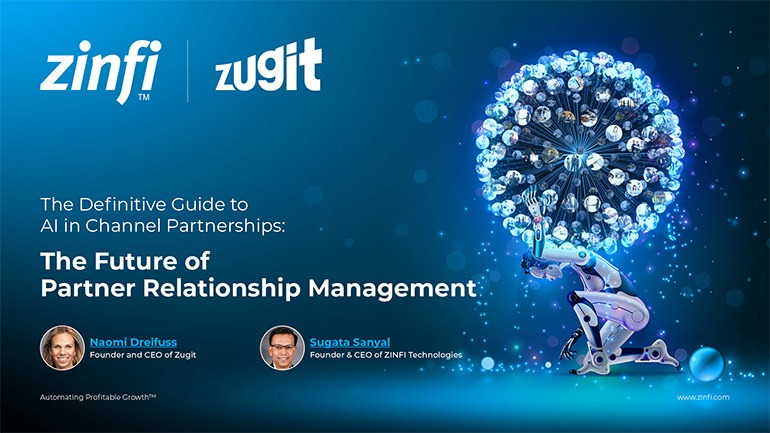 The Future of Partner Relationship Management with AI in Partnerships
The Future of Partner Relationship Management with AI in PartnershipsDownload for FREE
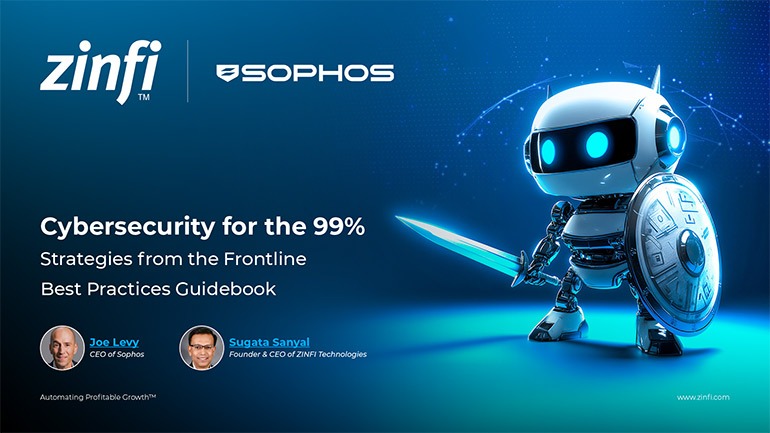 Cybersecurity for the 99%: Strategies from the Frontline
Cybersecurity for the 99%: Strategies from the FrontlineDownload for FREE
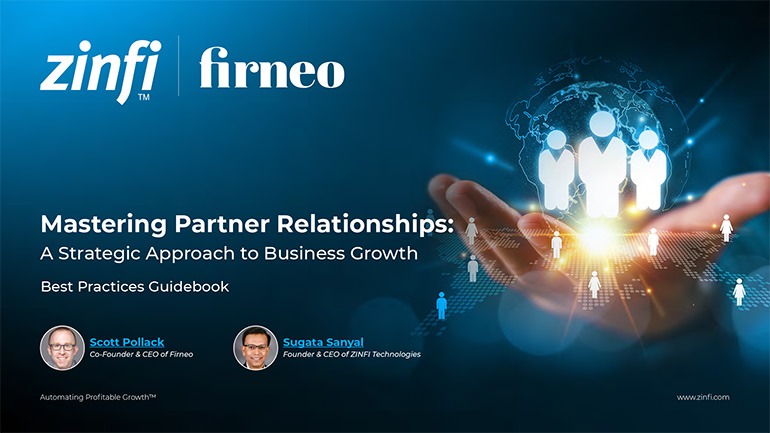 Mastering Partner Relationships: A Strategic Approach to Business Growth
Mastering Partner Relationships: A Strategic Approach to Business GrowthDownload for FREE
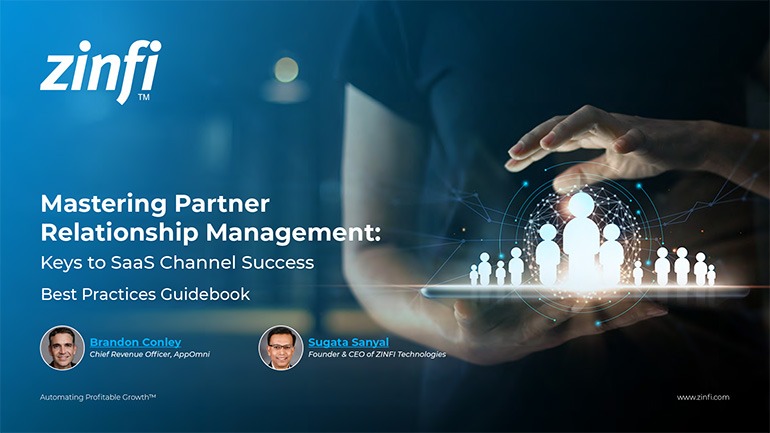 Mastering Partner Relationship Management: Keys to SaaS Channel Success
Mastering Partner Relationship Management: Keys to SaaS Channel SuccessDownload for FREE
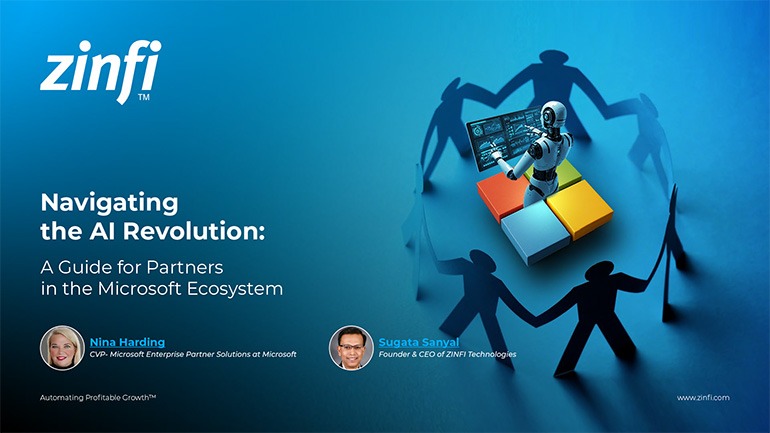 Navigating the AI Revolution: Guide for Partners in the Microsoft Ecosystem
Navigating the AI Revolution: Guide for Partners in the Microsoft EcosystemDownload for FREE
 Mastering the Modern Buyers Journey: Sales Leader’s Guide to AI & Engagement
Mastering the Modern Buyers Journey: Sales Leader’s Guide to AI & EngagementDownload for FREE

